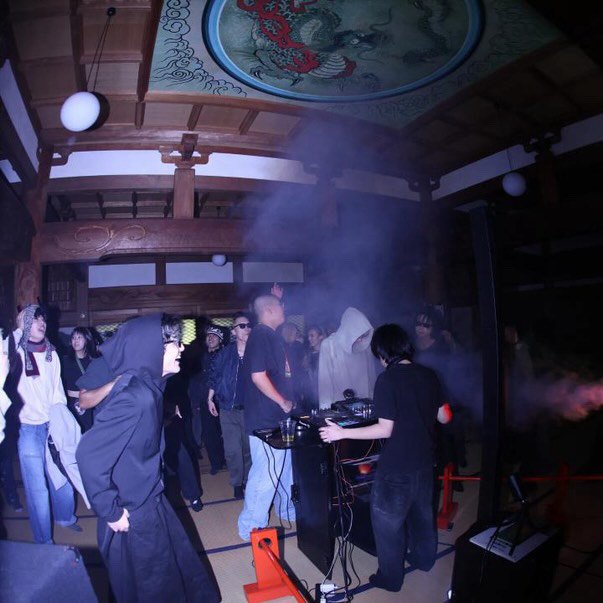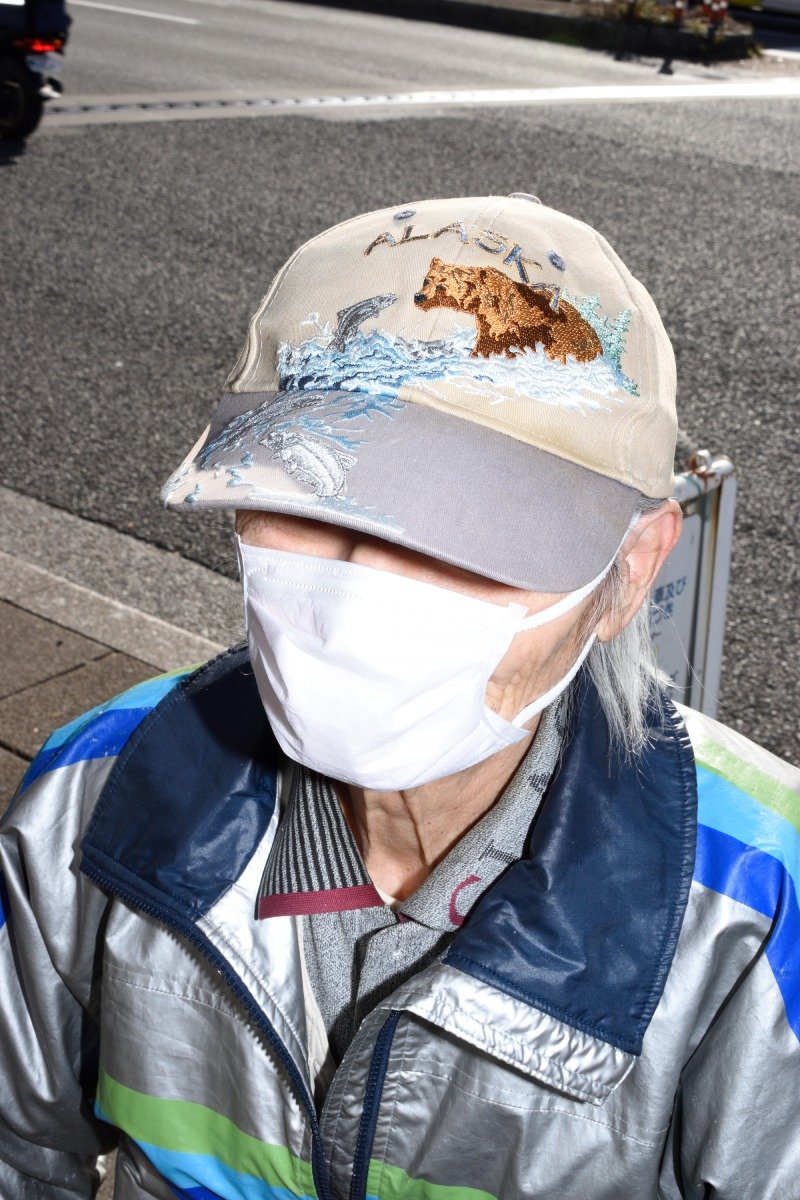Takeshi Kitano - A Renaissance Man in Japanese Film and Comedy
Takeshi Kitano
Challenge to yourself: Find a handful of Japanese actors with a track record capable of matching that of cinematic icon Takeshi Kitano, also known as Beat Takeshi. Kitano’s story takes root in the gritty streets of post-war Tokyo and, through the backdoors of comedy, finds its way to Japan’s cult cinema world. Over the decades in the entertainment industry, Kitano has repeatedly reinvented himself, transforming into a cultural icon in Japan and beyond. His works, often infused with a rare combination of brutal violence and dark humor, stand synonymous with his tumultuous upbringing and defiant spirit.
We explore the key moments that have shaped Kitano’s life, his ascent to cult icon status, and the enduring legacy he has etched into the world of entertainment.
Kitano’s Rough Beginnings in Adachi
Takeshi Kitano was brought into this world during one of Japan’s most unstable times. Born on January 18, 1947, in Adachi, he grew up in a working-class district in post-war Tokyo. Needless to say, his early years were filled with chaos and hardship. Kitano was the youngest of four children, raised in an unruly household dominated by his father, Kikujiro. A house painter and occasional drinker, his father often vanished for extended periods. In stark contrast, his mother, Saki, labored day in and day out to support the family. Despite their financial struggles, Takeshi’s mother would move heaven and earth to prioritize her children’s education. Using whatever little money she could spare, Saki bought books and ensured her children attended school.
Post-war Japan was a Valhalla for the country’s organized crime syndicate, the yakuza, which thrived on the weakened state. Kitano found himself surrounded by peers who either idolized or joined the yakuza. Later, he admitted that without his mother’s strict upbringing, he might have succumbed to a criminal lifestyle: “If it were not for my mother’s strict education, I could easily imagine having become a yakuza myself.” His close connection to the criminal world would later influence much of his work, providing him with a distinct perspective on Japan’s darker societal elements.
Takeshi Kitano in Sonatine│© Shochiku
From Lift Operator to Japan’s King of Laughter
Kitano’s path didn’t send him straight into the cinematic universe. After dropping out of Meiji University where he studied engineering for a short time, he drifted through a series of odd jobs. His goal was to find his way into the world of comedy, which he eventually found in Asakusa, Tokyo’s entertainment district. After numerous attempts to find a mentor, Kitano met comedian Senzaburo Fukami, who, despite initial reservations, agreed to take him on as an apprentice. Starting from the bottom, working as an elevator operator at a strip club, Kitano’s persistence paid off as he eventually became Fukami’s assistant on stage.
By the late 1970s, Kitano’s comedy career had transformed into the comedic duo The Two Beats with his partner, Beat Kiyoshi. Performing as Beat Takeshi, he quickly became a household name. Their provocative approach to humor broke new ground in Japan, often featuring vulgar jokes and controversial subjects that pushed boundaries. Kitano’s aggressive style earned him stardom, and in the 1980s, he transitioned from comedy clubs to national television, hosting several variety shows. His provocative approach occasionally landed him in trouble; one infamous incident involved him exposing himself on NHK, leading to a five-year ban from the network. Nonetheless, Kitano’s comedic persona was thriving, making him one of Japan’s most beloved TV personalities by the mid-1980s.
Merry Christmas, Mr. Lawrence
In 1983, Kitano made a significant leap into serious acting with his role in Merry Christmas, Mr. Lawrence. Directed by Nagisa Oshima, the film featured Kitano alongside the iconic David Bowie and Ryuichi Sakamoto, marking a departure from his comedic roots. Kitano portrayed Sergeant Gengo Hara, a stern prison camp guard—a role that challenged audiences who were used to his irreverent comedic persona. While some viewers found humor in his performance, it hinted at the depth and versatility he would later bring to cinema, setting the stage for his evolution as a serious actor and director.
Becoming a Game Show Icon - Takeshi’s Castle
While Merry Christmas, Mr. Lawrence might have been Kitano’s official introduction to the acting world, his career initially focused on entertainment as a show host before transitioning into more serious film roles. In 1986, Takeshi’s Castle made its debut—a slapstick game show hosted by Kitano himself. The show challenged its contestants to face absurd and often painful trials for cash prizes. Takeshi’s Castle became wildly popular in Japan, airing for 133 episodes until 1990 and acquiring a cult following. It was re-edited multiple times for international audiences under various titles, including Most Extreme Elimination Challenge (MXC), featuring English dubs.
Kitano’s deadpan hosting style, combined with the show’s chaotic energy, created a massive hit both domestically and abroad. While Takeshi’s Castle highlighted his comedic roots, Kitano’s aspirations as a director were already taking shape behind the scenes.
Breakthrough as a Director - Violent Cop
Kitano’s directorial debut came unexpectedly in 1989 when he was offered the lead role in Violent Cop, a film originally intended to be a comedy. When the original director Kinji Fukasaku dropped out, Kitano took over, rewriting the script into a dark, gritty crime drama. He portrayed Detective Azuma, a morally ambiguous cop, marking a stark departure from the comedy his audience had come to expect. This film began to define Kitano’s signature style—minimalist dialogue, brutal violence, and deadpan humor.
Violent Cop received critical acclaim for its bold approach, though audiences in Japan had difficulty accepting Kitano in such a serious role. Undeterred, he followed up with Boiling Point (1990), which explored the yakuza world through the story of a baseball player ensnared in gang conflicts. This film made it clear once again that Kitano wasn’t planning to let go of his fascination with violence and the underworld.
Still from Violent Cop│© Shochiku
Sonatine
Kitano’s third major film, Sonatine (1993), is often hailed as his masterpiece. In it, he plays Murakawa, a disillusioned yakuza lieutenant. Set primarily in Okinawa, the film contrasts serene beauty with explosive violence, portraying an apathic Kitano inviting you to ponder the intricacies of life and death. Although it struggled in the Japanese box office, Sonatine received international praise, screening at the Cannes Film Festival and solidifying Kitano’s reputation as a significant auteur, particularly in Europe, where his minimalist style resonated with critics.
Despite growing international acclaim, Kitano faced challenges in gaining similar recognition in Japan, where his comedic legacy continued to overshadow his serious filmmaking efforts.
Going Abroad - Johnny Mnemonic and Brother
As Kitano’s portfolio of Japanese cult movies began to accumulate, he started landing roles in international productions. In 1995, he appeared in the Hollywood cyberpunk film Johnny Mnemonic, alongside Keanu Reeves, playing a yakuza boss named Takahashi. While the film didn’t achieve critical success, Kitano’s participation highlighted his international appeal. In 2000, Kitano directed and starred in Brother, a film about a Japanese yakuza who relocates to Los Angeles to rebuild his crime empire. This marked his first full-length English-language film, showcasing his interest in exploring yakuza themes from a cross-cultural perspective.
However, Kitano’s international ventures didn’t pay off as much as he had anticipated, leading him to drift back to his Japanese roots.
Refocusing on Japan
After his Hollywood foray, Kitano returned to Japan with Hana-bi (1997), a crime drama that won the prestigious Golden Lion at the Venice Film Festival. Hana-bi blends melancholic reflection with sudden bursts of violence, following a former cop caring for his terminally ill wife. Often regarded as one of Kitano’s greatest and most intimate works, Hana-bi marked a return to critical acclaim in Japan.
In 1999 he made a drastic change in direction with his film Kikujiro, a farewell to his usual violent themes. This family-friendly road movie, about a young boy’s quest to find his mother, showed a tender and whimsical side of Kitano the Japanese public hadn’t been able to witness up until that point. Sidenote, it wasn’t a commercial success.
His acting career also flourished as he appeared in the 2000 cult classic Battle Royale, playing a sadistic teacher in a dystopian future where students, among which Japan’s femme fatale Chiaki Kuriyama, are forced to fight to the death. The role in which he blended absolute menace with absurdity, became one of his most memorable performances.
In the 2010s, Kitano returned to his yakuza roots with the Outrage trilogy, beginning with Outrage (2010), followed by Beyond Outrage (2012) and Outrage Coda (2017). These films offered a more mature, contemplative take on the gangster genre, focusing on complex power dynamics and inter-gang rivalries. Although yakuza films had seen a decline in popularity, the Outrage series revived interest and once again reaffirmed Kitano’s status as a master of the genre.
The Attitude of Takeshi Kitano
Kitano’s attitude—both in his films and personal life—has been characterized by an unapologetic, rebellious spirit that defines his career. His brash, fearless approach to comedy, his willingness to challenge conventions in Japanese television, and his bold directorial choices stem from a desire to defy expectations. This defiance has allowed him to transcend the image of a comedian-turned-filmmaker, solidifying himself as one of Japan’s most iconic cultural figures.
His humor is often sardonic and biting, reflecting his complex relationship with Japanese society. Known for his satirical takes on politics and social norms, Kitano’s attitude permeates his films, where violence and existential reflections are often juxtaposed with absurdity. His characters, much like Kitano himself, navigate life with a detached coolness, yet beneath that veneer lies a profound emotional depth. This contrast between humor and despair forms the core of his work, challenging you to confront uncomfortable truths while also finding moments of levity.
Kitano has often been labeled a difficult figure in the media, unafraid to critique the Japanese entertainment industry. His tumultuous relationship with the press has been marked by frustration over how his work is received, especially in his homeland. Despite being celebrated abroad for his directorial prowess, it took years for him to earn similar respect in Japan. Nevertheless, his self-confidence and willingness to tackle darker, more controversial themes have solidified his legacy as a pioneering figure who continues to inspire generations of filmmakers and comedians.
Still from Boiling Point│© Shochiku
Through his subversive comedy, introspective films, and uncompromising public persona, Kitano continually pushes the boundaries of what it means to be a Japanese entertainer. His legacy, built on the dualities of humor and violence, comedy and tragedy, resonates not only within Japanese cinema but across the globe. His story is a testament to the idea that the most impactful art often emerges from a place of struggle and defiance, cementing him as a true renaissance man of our time.











Takeshi Kaneshiro’s journey from Asian cinema heartthrob to global fashion phenomenon.